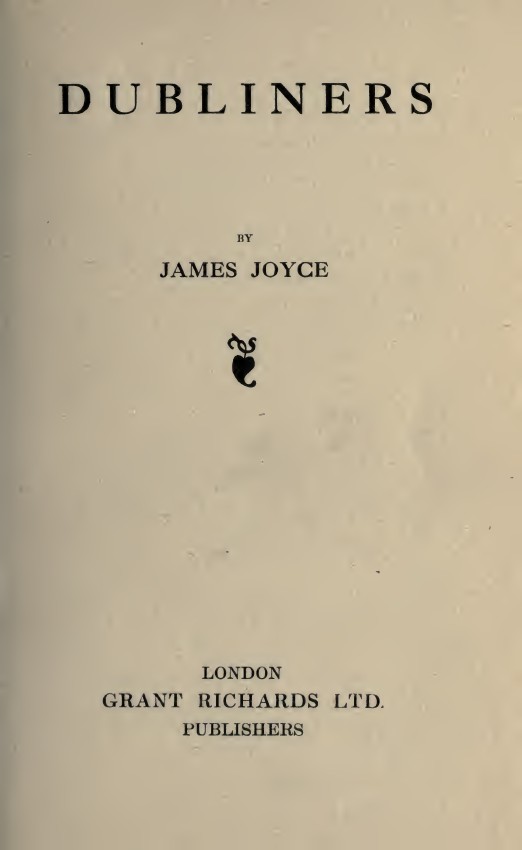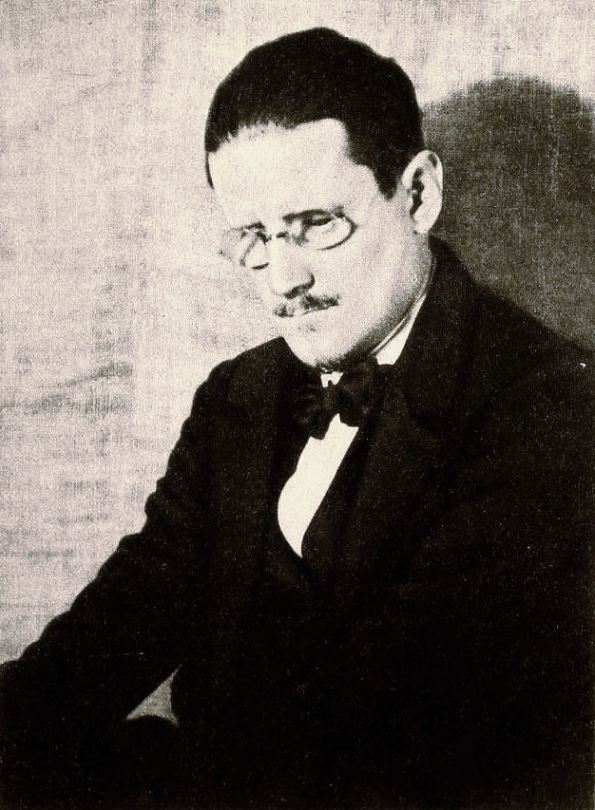No Room for The Dead – Craig O Reilly reports on renewed efforts to save the house from one of Joyce’s most famous works
Protests have been underway to stop the house featured in James Joyce’s famous story “the
dead” from being turned into a hostel. It was originally owned by Joyce’s great aunt who ran it
as a music school. Located at 15 Usher’s Island, Dublin city centre, a number of protestors
including writers and actors have criticised the move, which could deprive Dublin of a place of
important cultural significance.
Every year people gather on Bloomsday to follow the trail around Dublin of Leopold Bloom, the
main character from Joyce’s famous novel Ulysses. The first recorded activity of this was in
1954, and ever since it has become a huge cultural event with programs every year dedicated
to Joyce’s work.
The Dead is probably one of his most popular stories. The setting it takes place in is described
as “the dark, gaunt house on Usher’s island”, suggesting elements of horror.
Like Sweny’s pharmacy, the house has been host to people who’ve come to read scenes from
Joyce’s writing over the years. It was bought by Brendan Kilty in 2000 after a fire nearly
destroyed it in the 90s.
One of the scenes that would have been re-enacted there is the dinner speech, where the main
character Gabriel launches a thinly veiled attack on the new generation of Irish people, it is this
situation however, which leads Gabriel to an “epiphany”, a moment of clarity that shows him
who he really is. For James Joyce, this meant leaving Ireland to become an exile; he found he
could only really see it clearly from a distance, but every street corner, and every small detail
informed his work.
The house was also filmed for John Houston’s film version of The Dead in 1987. Speaking to
the Sunday Independent, Colm Tobín stressed that the move to turn the building into a hostel
was “a wake-up call to the nation to say we have a piece of treasure, let’s not regret it in 50
years time when people ask how we let this happen”.
Others have come out in support of preserving the building including writer John Banville, and
actor Stephen Rae.

The house was built by Joshua Pim in the late 18th century and is part of the historical character
of the street along with houses 12 and 14.
So far, a petition on change.org has almost garnered 5000 signatures, and goes into some of
the alternatives people would like to see, such as turning it into a museum to celebrate James
Joyce.
It laments a lack of acknowledgement for the arts in Ireland that can at times verge on
contempt. James Joyce is not just a local phenomenon, where academics meet up to show their
enjoyment of his work, but rather his stories are famous all over the world.
It’s important to realise that 80 years after his death, interest in his work is only growing. Any
tourism industry in the future should really harness Dublin’s literary history, and it’s history in
general, unless it is to become an un-distinguishable zone people pass through to go to the
same shops and facilities, with the same interchangeable brands and logos seen ubiquitously
everywhere else. Ireland is not a country which has vast material resources, it’s true value has always been it’s people, and how they imbue the places around them with significance, often in poems and
stories. Any short-term gain in terms of developments now must surely be weighed against the
character of the city that more and more, a significant section of the public feel is vanishing.









